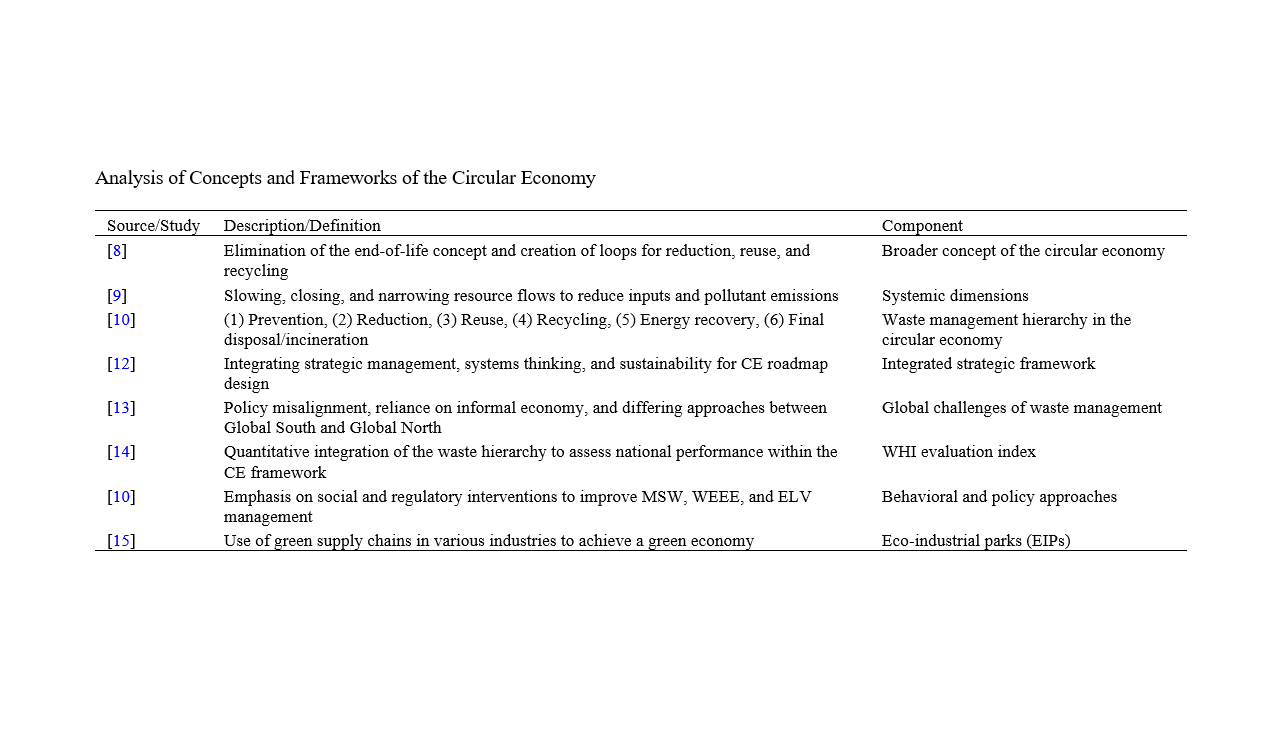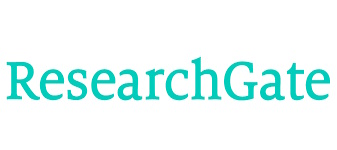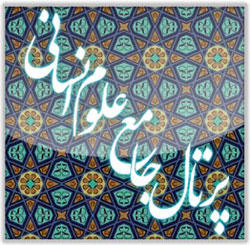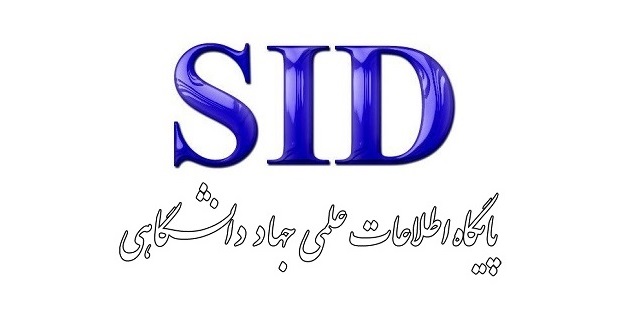Transition to a Circular Economy in Waste Management: A Review of International Experiences and Approaches
Keywords:
Circular economy, waste management, sustainable developmentAbstract
The circular economy, as a novel and systematic approach, is considered a response to the environmental and structural inefficiencies of the linear economy. The primary objective of this model is to preserve the value of resources, materials, and products at the highest possible level and for the longest possible duration. Unlike the linear model of "extraction, production, consumption, and disposal," the circular economy, through the design of closed loops, regulates the flow of materials and energy in a way that minimizes waste generation. The various definitions proposed by the Ellen MacArthur Foundation, Kirchherr, and Geissdoerfer all emphasize the characteristics of regenerativity, restorability, and the elimination of the concept of end-of-life consumption. In this article, the conceptual and operational dimensions of the circular economy and the waste management hierarchy are examined. The key stages of this hierarchy include prevention, reduction, reuse, recycling, energy recovery, and final disposal. Furthermore, policy frameworks, evaluation indicators, and global implementation challenges—particularly in the Global North and Global South—are analyzed. Ultimately, achieving a circular economy requires the synergy of public policies, technological innovation, cultural education, and cross-sector collaboration. This model outlines a sustainable horizon for the future of the global economy that simultaneously addresses economic growth, social justice, and environmental preservation.
References
F. Sariatli, "Linear economy versus circular economy: a comparative and analyzer study for optimization of economy for sustainability," Visegrad Journal on Bioeconomy and Sustainable Development, vol. 6, no. 1, pp. 31-34, 2017, doi: 10.1515/vjbsd-2017-0005.
F. C. Mihai and I. Minea, "Sustainable alternative routes versus linear economy and resources degradation in Eastern Romania," Sustainability, vol. 13, no. 19, p. 10574, 2021, doi: 10.3390/su131910574.
A. Srivastava, S. Pandey, R. Shahwal, and A. Sur, "Recycling of Waste into Useful Materials and Their Energy Applications," in Microbial Niche Nexus Sustaining Environmental Biological Wastewater and Water-Energy-Environment Nexus. Cham: Springer Nature Switzerland, 2025, pp. 251-296.
A. Muscat et al., "Principles, drivers and opportunities of a circular bioeconomy," Nature Food, vol. 2, no. 8, pp. 561-566, 2021, doi: 10.1038/s43016-021-00340-7.
P. Ghisellini, C. Cialani, and S. Ulgiati, "A review on circular economy: the expected transition to a balanced interplay of environmental and economic systems," Journal of Cleaner Production, vol. 114, pp. 11-32, 2016, doi: 10.1016/j.jclepro.2015.09.007.
P. Azadi, M. B. Mesgaran, and M. Mirramezani, The struggle for development in Iran: The evolution of governance, economy, and society. Stanford University Press, 2022.
C. Francomme, "Circular Economy in the Small Island Economies: a potential solution to their vulnerabilities?," Université de la Réunion, 2024.
J. Kirchherr, D. Reike, and M. Hekkert, "Conceptualizing the circular economy: An analysis of 114 definitions," Resources, Conservation and Recycling, vol. 127, pp. 221-232, 2017, doi: 10.1016/j.resconrec.2017.09.005.
M. Geissdoerfer, P. Savaget, N. M. Bocken, and E. J. Hultink, "The Circular Economy-A new sustainability paradigm?," Journal of Cleaner Production, vol. 143, pp. 757-768, 2017, doi: 10.1016/j.jclepro.2016.12.048.
I. D'Adamo, M. Mazzanti, P. Morone, and P. Rosa, "Assessing the relation between waste management policies and circular economy goals," Waste Management, vol. 154, pp. 27-35, 2022, doi: 10.1016/j.wasman.2022.09.031.
N. Sharma, P. P. Kalbar, and M. Salman, "Global review of circular economy and life cycle thinking in building Demolition Waste Management: A way ahead for India," Building and Environment, vol. 222, p. 109413, 2022, doi: 10.1016/j.buildenv.2022.109413.
H. Abu-Bakar and F. Charnley, "Developing a strategic methodology for circular economy roadmapping: A theoretical framework," Sustainability, vol. 16, no. 15, p. 6682, 2024, doi: 10.3390/su16156682.
F. B. Awino and S. E. Apitz, "Solid waste management in the context of the waste hierarchy and circular economy frameworks: An international critical review," Integrated Environmental Assessment and Management, vol. 20, no. 1, pp. 9-35, 2024, doi: 10.1002/ieam.4774.
A. Pires and G. Martinho, "Waste hierarchy index for circular economy in waste management," Waste Management, vol. 95, pp. 298-305, 2019, doi: 10.1016/j.wasman.2019.06.014.
J. Li, S. Y. Pan, H. Kim, J. H. Linn, and P. C. Chiang, "Building green supply chains in eco-industrial parks towards a green economy: Barriers and strategies," Journal of Environmental Management, vol. 162, pp. 158-170, 2015, doi: 10.1016/j.jenvman.2015.07.030.

Downloads
Published
Submitted
Revised
Accepted
Issue
Section
License
Copyright (c) 2025 Mohammadmahdi Nabi (Author)

This work is licensed under a Creative Commons Attribution-NonCommercial 4.0 International License.











